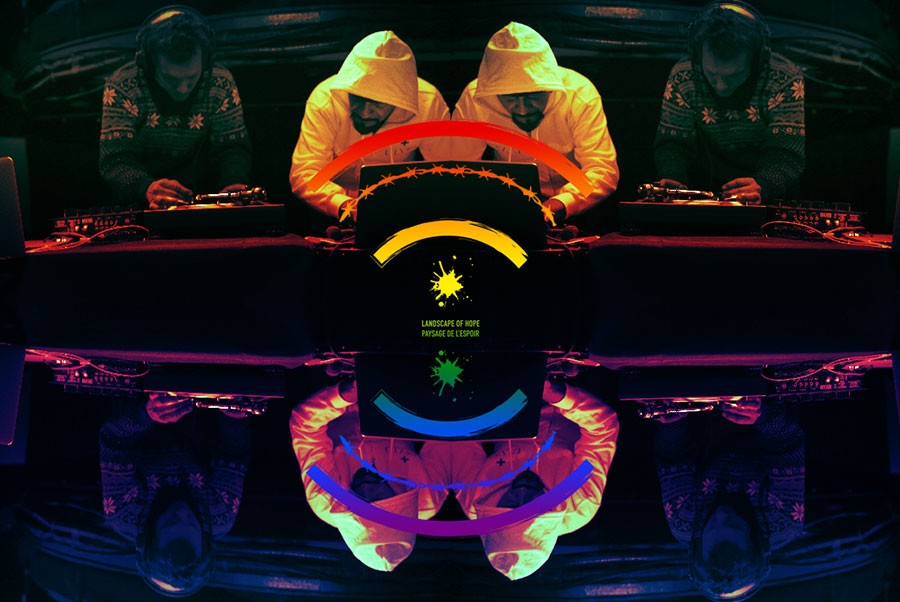These questions led to the development of Landscape of Hope.
In Landscape of Hope Venkatesh and Chapman seek to harness the power and ubiquity of hate and use it to drive constructive conversations about youth’s experiences with discrimination and bullying.
The two-part project begins with a workshop, presented in collaboration with Norwegian youth organization Tvibit, the Nordnorsk Kunstmuseum and the Tromsø Arctic Pride festival. Youth will be invited to contribute personal accounts of discrimination to serve as a catalyst for a conversation about hate speech and the media. During the workshop participants will be equipped with and encouraged to use digital media tools to creatively articulate their own narratives.
“That’s going to be be the most beautiful part of Landscape of Hope,” says Chapman, “Being able to work with youth and engage in some perspective-taking. We need the involvement of youth to shape the narrative.”
The content collected from the workshop will then be integrated into a live performance set to take place 48 hours later. Venkatesh and Chapman will set the audiovisual canvas and invite youth onstage to create the multimedia picture in real time.
“We want this to be a reflection of youth voices as they pertain to their own narratives of hate,” says Chapman. “We want to relinquish control over the types of sounds and visuals we would be playing with.”
Landscape of Hope debuts on Nov. 5 and 7 at Norway’s Tromsø Arctic Pride festival. Venkatesh and Chapman already have close professional ties to the Norwegian extreme metal music scene, and Norwegian artists.
“It’s such a great privilege and honour to perform with our new partners in Tromsø, and we want to represent the multitude of voices that exist in their diverse community,” says Venkatesh. “This project will allow us to find our space as artists, as educators, as researchers amongst the public.”
The goal of the project, according to Venkatesh and Chapman is to reach as many youth as possible and to create a sustainable framework for pluralistic dialogue long after the performance ends.
Venkatesh adds, “We don’t want to shock for shock’s sake, or create art for art's sake, it really is to make people feel empowered and to think of the art as a catalyst to these conversations, not an ending point.”


